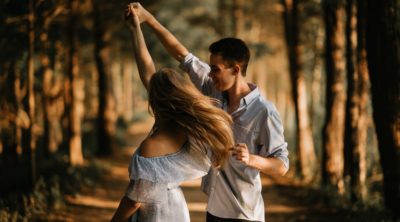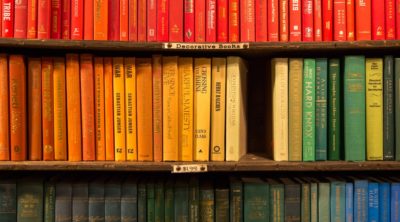
In narrative non-fiction, elements of creative writing are added to reality. Let’s find out what makes it interesting, along with some examples of narrative non-fiction.
When writing in this genre, be it just an essay or a book, try to maintain first-person narration as much as possible.
“Truth is stranger than fiction, but it is because fiction is obliged to stick to possibilities; truth isn’t.” ―Mark Twain
Even though this is true, narration of the truth or recording it, rather than living it, can be a drag. The writings of this type are classified in the non-fiction genre. It is, however, not a necessity for these articles to suck out all the interest from the readers as well as the writers.
To make the article more interesting, a few liberties can be taken when composing it. These, however, must not alter or interfere with the facts of the content. There must be no damage to the integrity of the article. Such writings fall under the narrative non-fiction genre. There are no set conventions the writers need to follow here. There are various literary techniques used to present a story, the facts of which can be verified.
We’ll take a look at the characteristics of narrative non-fiction.
- Biography
- Autobiography
- Memoir
- Diary
- Travel Writing
- Food Writing
- Literary Journalism
- Chronicle
- Personal Essays
- Hybridized Essays
Here, the writing style is creative, but the content is real. These writings, after all, come under the non-fiction genre, and are not fiction. However, the form of narration in both the genres is more or less the same. In these articles, the events that have actually happened are covered, as is the buildup to these events. If the development of events in these articles follow a story-like arc, then it falls in line with the definition of fact-based storytelling.
The description and rebuilding of the events must be in as detail as possible, but of course factual. The style of writing, the flow of the story, and the use of language can enhance the creativity value of the event. When writing books under this genre, do not insist on including too many dialogs. Conversational dialogs are hardly ever recorded, and hence, cannot be verified. Memories should not be considered a reliable source for fact compilation. They are myth makers even in the first-person account, as they tend to fill in the blanks created by facts.
Do not tamper or fabricate facts, and analyze them in the article. The creative quotient of the article must be kept in check, as it may interfere with the facts. If not, the article can be loaded with excessive content, and be classified under the fictional category. When writing articles in this category, research as much as you can on the subject. Follow this with cross-check by some actual proof of the proceedings, and a review will help in both, keeping the article narrative as well as real. Narrative non-fiction is a balanced mixture of facts and drama.
- Unbroken: A World War II Story of Survival, Resilience, and Redemption by Laura Hillenbrand
- The Siege: The Attack on The Taj by Adrian Levy and Cathy Scott-Clark
- The Immortal Life of Henrietta Lacks by Rebecca Skloot
- The River of Doubt: Theodore Roosevelt’s Darkest Journey by Candice Millard
- In Cold Blood by Truman Capote
This form of writing is opposite to that of technical writing or journalism. Unlike journalism, the writer need not be objective about his subject. As a matter of fact, Gonzo journalism is something quite on the same lines.


